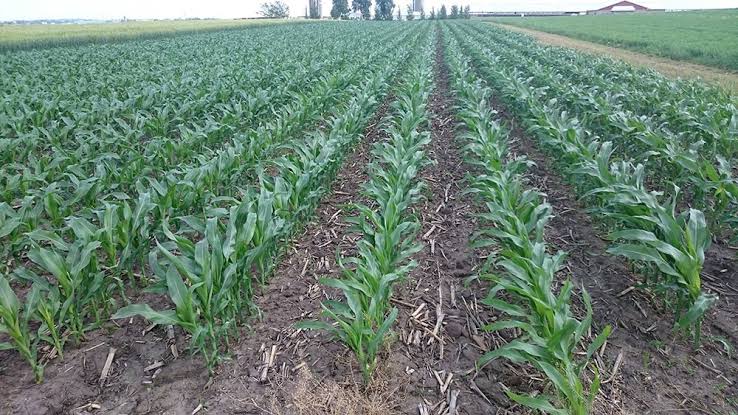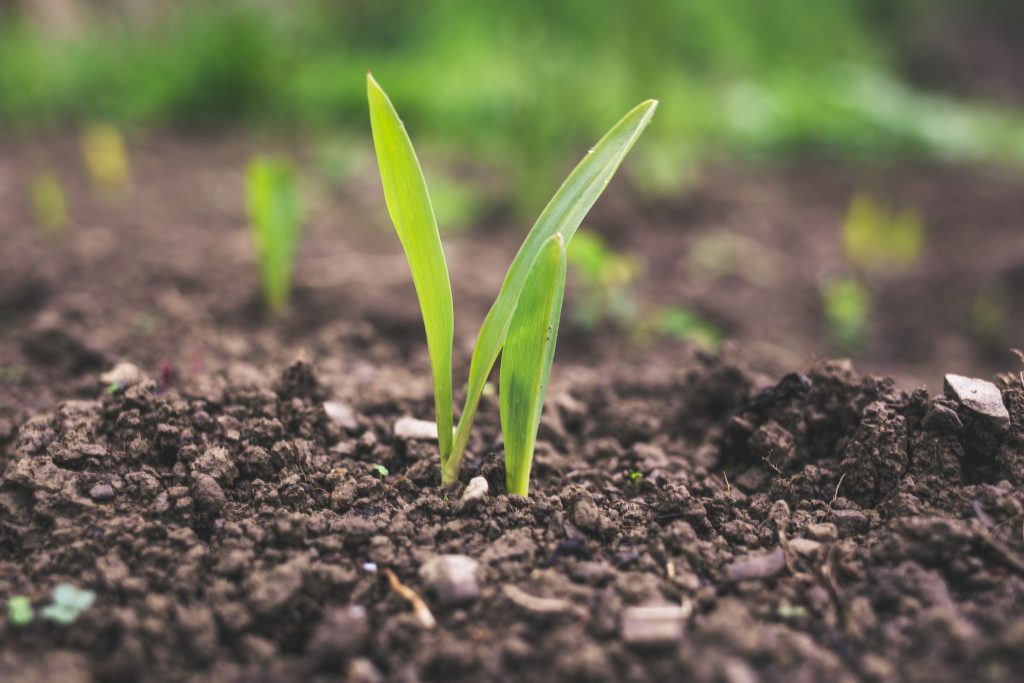Monocropping is a system in Agriculture which involves the growing of a single type of crop species on a particular farmland continuously year after year. It is a contrast to mixed cropping and crop rotation. Monocropping can also be referred to as continuous cropping and the types of crops commonly cultivated in this system of farming include; soybeans, maize and wheat.
The idea behind monocropping is to streamline agricultural practices, simplify management, and increase efficiency in terms of planting, harvesting, and pest control. It allows farmers to focus on the cultivation of one specific crop, which can be advantageous for economies of scale and mass production.
In this system, there is little or no fallow period i.e. bushes are not allowed to grow back, so the farmland isn’t regaining lost nutrients.
Highlights
- What is monocropping?
- Examples of monocropping
- Origination and history of monocropping.
- Advantages of monocropping.
- Disadvantages of monocropping.
- Has this farming system helped?
- The bottom line.
Monocropping system is usually practiced in areas with land scarcity and much population. And this system of agriculture requires a lot from the farmer to keep getting better yields.
What is monocropping

Monocropping is the agricultural practice of growing a single crop year after year on the same land in the absence of crop rotation. Maize, soybeans and wheat are the three common crops often grown using monocropping techniques.
The farmers can plant only the most profitable crop, use the same seed, pest control, machinery and growing method on their entire farm which may increase the overall farm profitability.
Examples of monocrops
Examples of monoculture include lawns, fields of wheat or corn, or an apple orchard, or a field of soybeans. Basically, maize, wheat and soybeans are the common crops grown in a monocropping system of farming.
If you choose to grow only oil palm on a farmland, it automatically becomes a monocropping system. The moment you add another crop to the oil palm field, it takes it out of the system.
Read also: Crop rotation
History of monocropping
Monocropping has its origins in the green revolution of the 1950s and 1960s, which (despite its name) introduced chemical fertilizers and pesticides, the development of new, high-yield cereal grains, and the growing use of large farm machinery such as tractors and irrigation systems.
The green revolution resulted in a reduction of labor costs, the doubling of grain yields, the more than doubling of the world’s population, and a Nobel Peace Prize for its main proponent, Norman Borlaug, for lifting millions of people out of poverty and creating food self-sufficiency for nations such as Mexico and India.
Yet doubling food production through monocropping on the same amount of land results in depleting the soil of its micronutrients starving the soil that feeds the people a limiting factor in increasing yields any further as the world population continues to grow.
Advantages of monocropping system
-
- Monocropping help farmers save time, money and energy because they won’t have to worry about the cost of another land preparation.
- In this cropping system, much labor isn’t required after the first growing season, every work would be minor.
- Farmland is being economized.
- Monocropping helps the managerial skill of the farmer as he or she will have to keep farming on a particular land and making sure that the best output is gotten from every season.
- Fertilizer application will be very easy and any method can be used since there is only one type of crop in the farm.
- It makes possible the use of machines in farming operations.
- It leads higher productivity per hectare.
- It also leads to specialization among farmers.
- The control of weed is easy. This is because herbicides can be used
Disadvantages of monocropping system
-
- Rapid loss of soil fertility will occur as the soil is being used over and over again.
- Monocropping will encourage low yield of crops as the farmland is being used season after season. And low yield will affect market value.
- The cost of fertilizers in order to keep up with the yield of crops is a disadvantage
- It encourages soil erosion
- Pest and diseases can easily attack the farm because of lack of change.
- The physical and chemical compositions of the soil can be damaged.
- One of the disadvantages of monocropping system is that it is risky because crop failure arising from pest, disease or weather conditions will result in total loss of income to the farmer for that year.
- Labor may not be efficiently utilized throughout the year.
- It does not afford the farmer a variety of crops.
Read also: Mixed farming system
Has monocropping helped?
Monoculture farming is one of the most disputable topics in today’s agriculture industry. As the world’s population augments in number and the demand for food on the global scale keeps rising, many farmers deem monoculture agriculture to be the simplest solution for satisfying this constantly growing need for victuals.
In some ways, this farming system has helped farmers with a lot of profit, as labor is minimized, the farmer isn’t paying too much salaries, machines can do almost all the work of humans in this system. so great cost is minimized and profit is maximized in this system of farming.
Monocropping is a good practice and has its disadvantages also. As much as it has helped farmers of old, this system isn’t advised in our modern day agriculture except being practiced vertically in a greenhouse.
The bottom line
In general, the impact of monoculture farming depends on its intensity. By intensity here is meant the extension of the time period during which one and the same crop is grown on a specific land plot. If, for example, a monoculture crop is grown on the same farmland year after year without change, it is considered as the worst form of this agricultural practice that has the biggest impact on the soil and the surrounding ecosystem.
Read also: Reasons why you should be a farmer

Full note of agriculture for sss 2